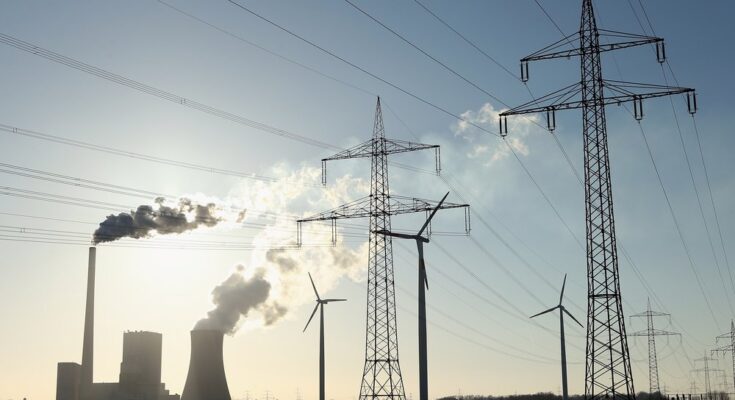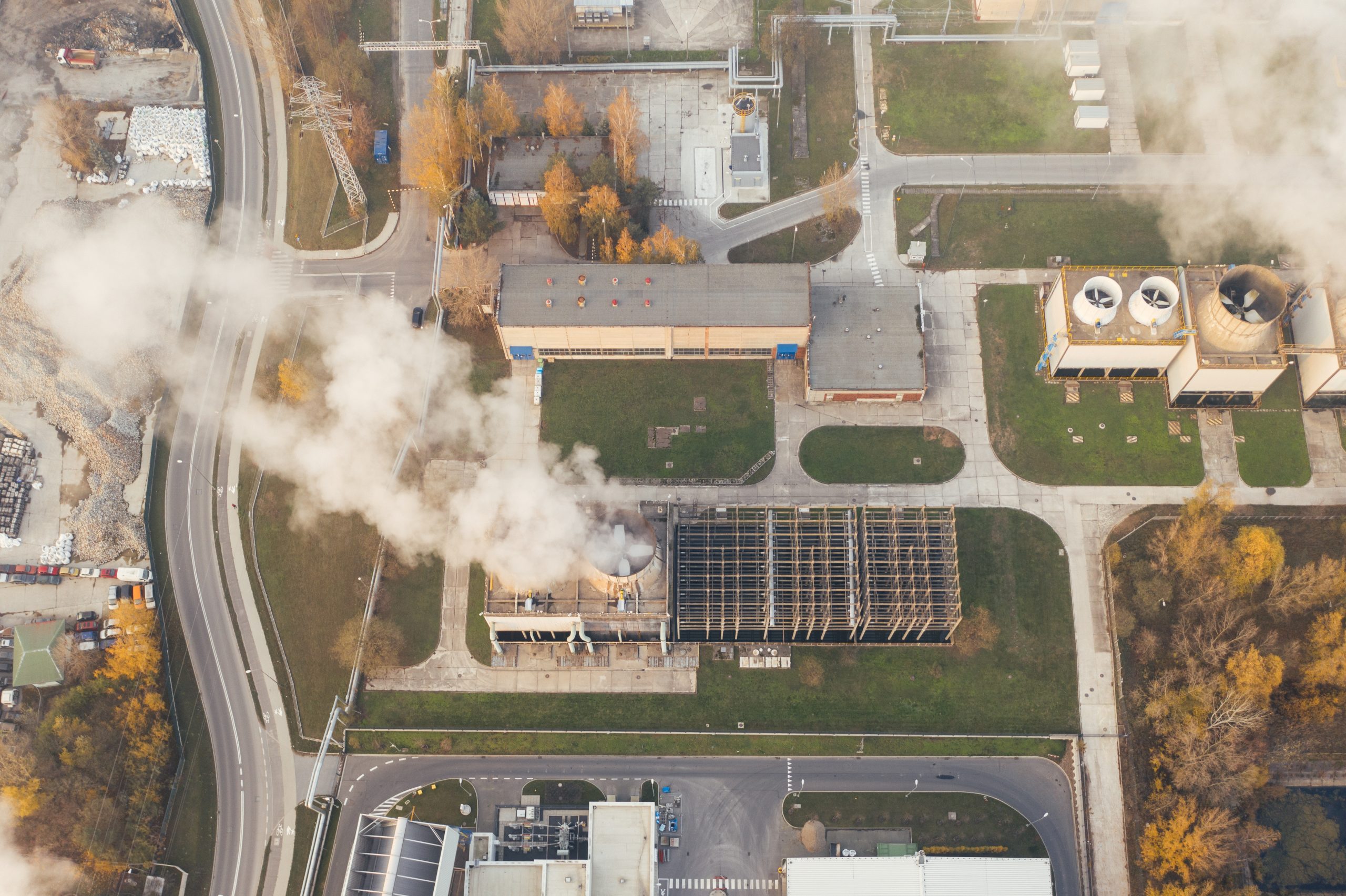Introduction
Gas and electricity are fundamental utilities that power our homes, businesses, and industries. Understanding their sources, consumption patterns, and the move towards sustainable practices is essential in today’s energy-dependent world. This article explores the basics of gas and electricity, their consumption, and the latest trends towards sustainability.
Understanding Gas and Electricity
Gas
Natural gas is a fossil fuel used primarily for heating, cooking, and electricity generation. It consists mainly of methane and is extracted from underground reservoirs.
Types of Gas
- Natural Gas: Used for heating, electricity generation, and as a fuel for vehicles.
- Liquefied Petroleum Gas (LPG): A mixture of propane and butane, used for heating, cooking, and in some cases, as a vehicle fuel.
- Biogas: Produced from the anaerobic digestion of organic matter, such as agricultural waste or sewage.
Electricity
Electricity is a versatile form of energy generated through various methods and distributed via power grids.
Generation Methods
- Fossil Fuels: Includes coal, natural gas, and oil. These are burned to produce steam that drives turbines connected to electricity generators.
- Nuclear Power: Uses nuclear reactions to generate heat, which is then used to produce electricity.
- Renewable Sources: Includes solar, wind, hydro, and geothermal energy. These methods convert natural processes directly into electricity.
Consumption Patterns
Residential Consumption
Households use gas and electricity for heating, cooling, lighting, appliances, and electronic devices. Consumption varies based on factors such as climate, house size, insulation, and the efficiency of appliances.
Commercial and Industrial Consumption
Businesses and industries consume significant amounts of energy for operations, manufacturing, and services. Energy efficiency and cost management are critical in these sectors.
Transportation
Natural gas is increasingly used as a cleaner alternative to gasoline and diesel in vehicles, while electricity powers electric vehicles (EVs) and public transportation systems.
Sustainable Practices and Trends
Energy Efficiency
Improving energy efficiency reduces consumption and costs. Key strategies include:
- Energy-Efficient Appliances: Using appliances with high energy efficiency ratings.
- Building Insulation: Enhancing insulation in homes and buildings to reduce heating and cooling needs.
- Smart Technologies: Implementing smart meters and thermostats to optimize energy use.
Renewable Energy
Shifting to renewable energy sources reduces dependency on fossil fuels and lowers carbon emissions. Key renewable sources include:
- Solar Power: Solar panels convert sunlight into electricity. Solar energy is increasingly being adopted for residential, commercial, and industrial applications.
- Wind Power: Wind turbines convert wind energy into electricity. Wind farms are being developed onshore and offshore.
- Hydropower: Uses the energy of flowing water to generate electricity. It’s one of the oldest and most established renewable energy sources.
- Geothermal Energy: Utilizes heat from the Earth’s interior for electricity generation and direct heating applications.
Smart Grids
Smart grids use digital technology to manage and monitor the distribution of electricity more efficiently. They can integrate renewable energy sources, improve reliability, and empower consumers to manage their energy use.
Energy Storage
Energy storage systems, such as batteries, are crucial for balancing supply and demand, especially with intermittent renewable sources like solar and wind. Advances in battery technology are enhancing the capacity and efficiency of energy storage solutions.
Government Policies and Incentives
Governments worldwide are implementing policies and incentives to promote energy efficiency and the adoption of renewable energy. These include tax credits, subsidies, and regulatory frameworks that encourage investment in sustainable energy solutions.
Challenges and Solutions
Challenges
- Infrastructure: Upgrading and maintaining energy infrastructure to support new technologies and increasing demand.
- Energy Storage: Developing efficient and cost-effective energy storage solutions to manage the variability of renewable energy sources.
- Policy and Regulation: Ensuring that policies and regulations keep pace with technological advancements and market dynamics.
- Consumer Adoption: Encouraging widespread adoption of energy-efficient technologies and renewable energy systems.
Solutions
- Investment in Research and Development: Funding innovation in energy technologies to improve efficiency, storage, and renewable energy integration.
- Public Awareness Campaigns: Educating consumers and businesses about the benefits of energy efficiency and renewable energy.
- International Collaboration: Sharing knowledge, technologies, and best practices globally to address common energy challenges.
- Integrated Planning: Developing comprehensive energy plans that consider all aspects of generation, distribution, consumption, and sustainability.
Conclusion
Gas and electricity are vital components of modern life, and their efficient and sustainable use is crucial for economic stability and environmental health. By embracing energy efficiency, renewable energy, smart technologies, and supportive policies, we can move towards a more sustainable energy future. Understanding the complexities and opportunities in the energy sector is essential for making informed decisions that benefit both the present and future generations.
For more information, click here.



